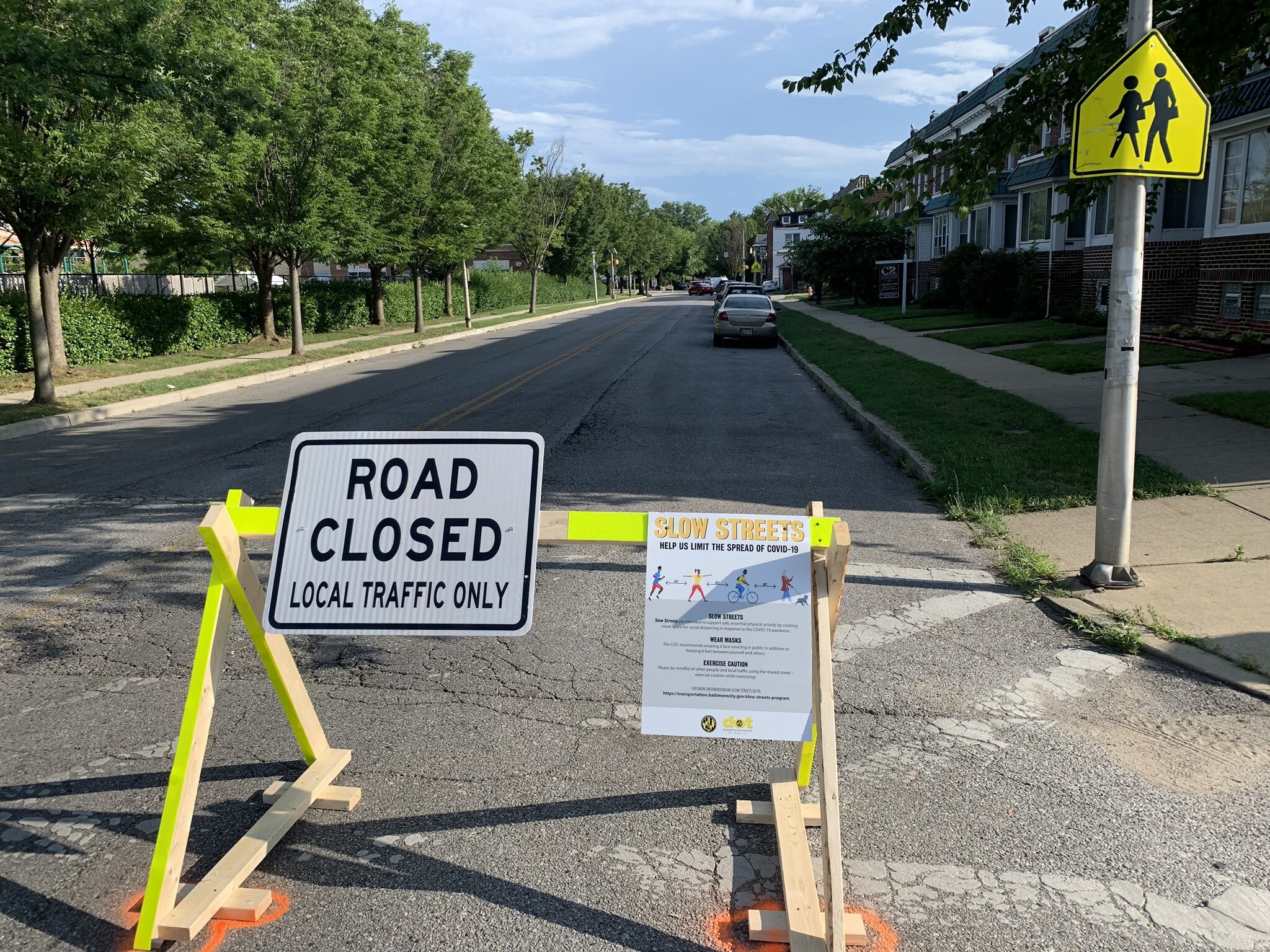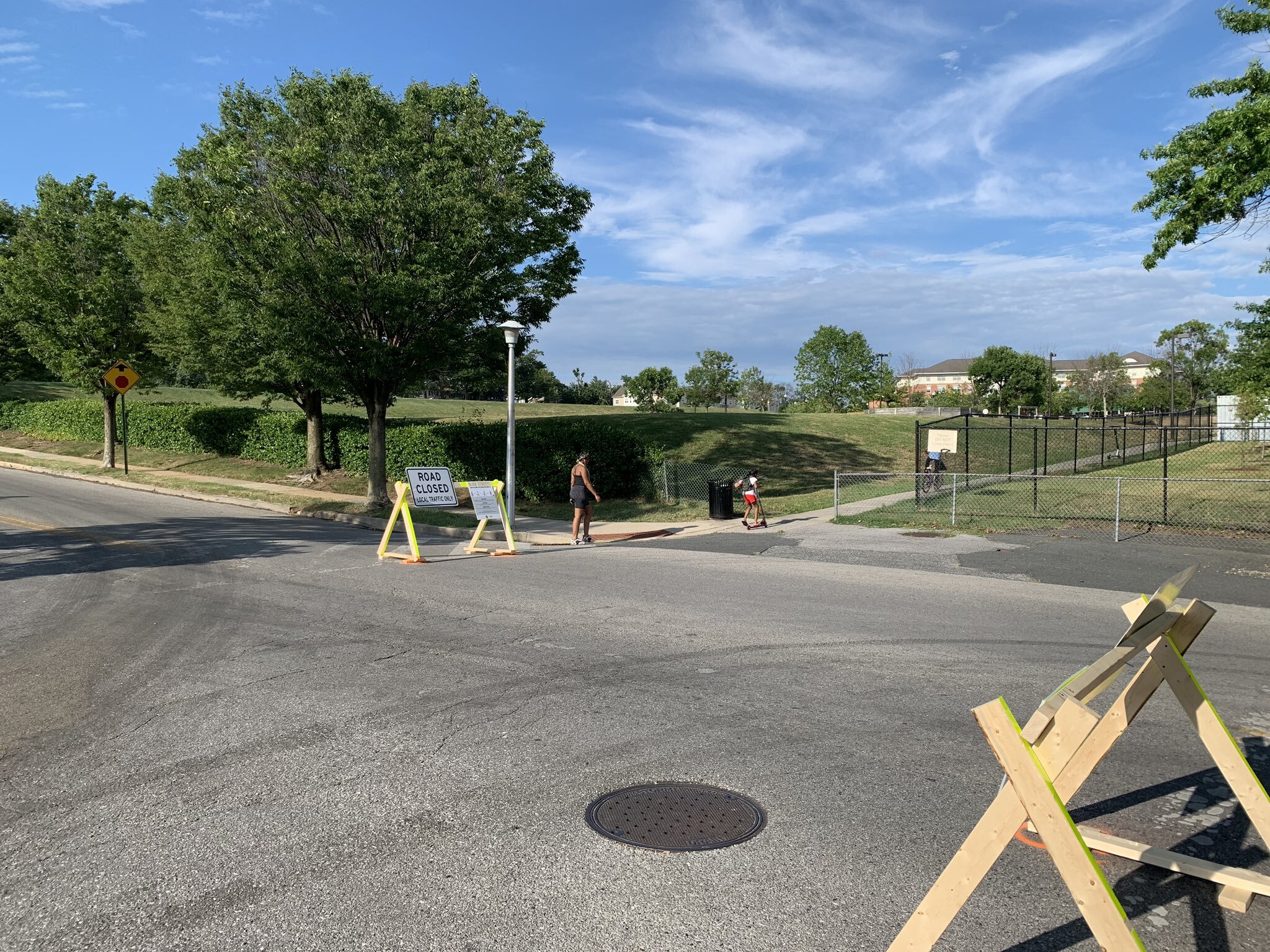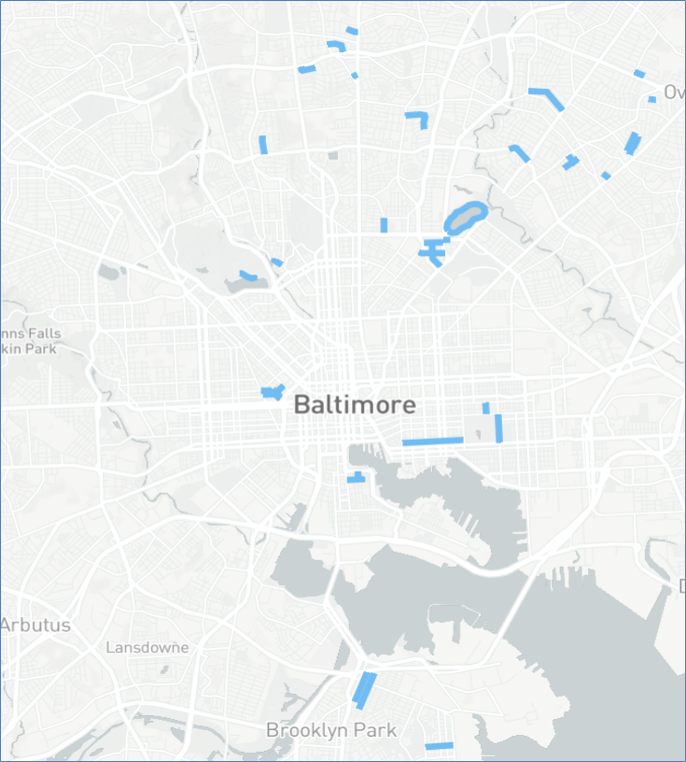Written by Patrick Reid, UMBC student and Bikemore Intern
The Baltimore City Council passed an important new bill in March that could change how some city government employees commute. The new bill aims to study something known as a parking cashout.
Parking cashouts are an incredibly effective way to increase the use of alternative modes of commuting to work. Basically, parking cashouts give employees the cost of a dedicated parking spot as cash, allowing them to use the money to pay for alternative modes of transportation. Free parking at work is often an included employee benefit; this takes the value of parking to create incentive for using other modes of transportation.
Enticing local business leaders to support sustainable initiative can sometimes seem like a daunting task, especially when many have their profit margins to consider. But a cashout program is a win-win situation. Employees receive a cash benefit, and employers can save costs and even receive a tax credit. A study by the Maryland Department of Transportation (MDOT) illustrates how these savings work in an example below.
The table shows just how beneficial the parking cash out program would be for businesses who are looking to not only support sustainability and increase transit usage but also just cut down on their costs. By using the tax credit and maximizing the amount of money given to the employees who opt into the program the employer saves $7,500 while the employee makes an extra $50 a month or $600 over a year.
The program is economically sound, but would it actually contribute to an increased use of alternative modes of commuting like bikes or transit?
According to a study in Washington D.C., it absolutely would. Looking at a sample of 987 Washington commuters who were faced with the prospect of not receiving free parking at their place of work, we see clearly some potential changes in behavior. For these commuters the options of biking or walking increased 15% while public transit usage increased by 31%. The number of commuters saying that they would get to work by “car alone” would fall by a staggering 50% to less than a quarter of surveyed commuters choosing to commute by car if the parking was not free!
What these numbers look like in practice is a cleaner, more connected city that can shift focus away from cars and instead on new modes of transportation like bikes and public transit. It means a more environmentally sustainable future and many more options for commuting. The Washington-based survey data in addition to the economic report from MDOT show the feasibility of a parking cash out program for all stakeholders involved.
While the current proposal only looks at the city government, a broader rollout of a cash out program could really make a big difference in Baltimore. What the city needs are bold new ideas and the courage to pursue them. This program could have a really meaningful impact if it was rolled out to more industries throughout Baltimore. We have the chance to transform the way that Baltimoreans commute, to make it environmentally conscious, safer and even put a little extra money into each paycheck in the process.














